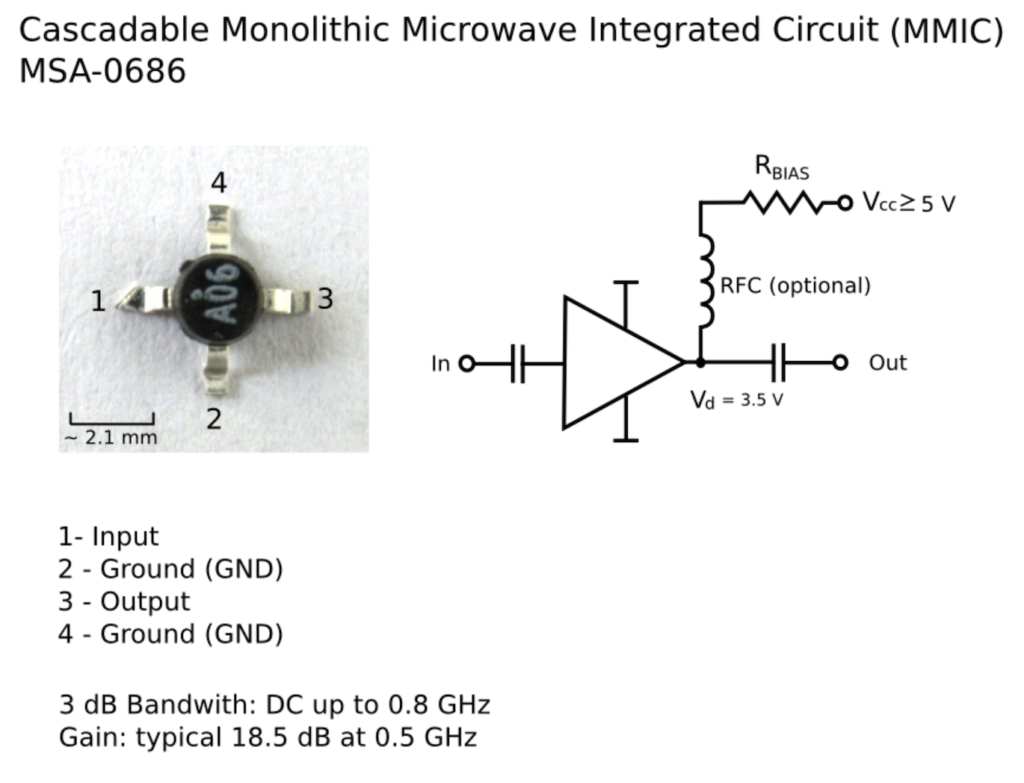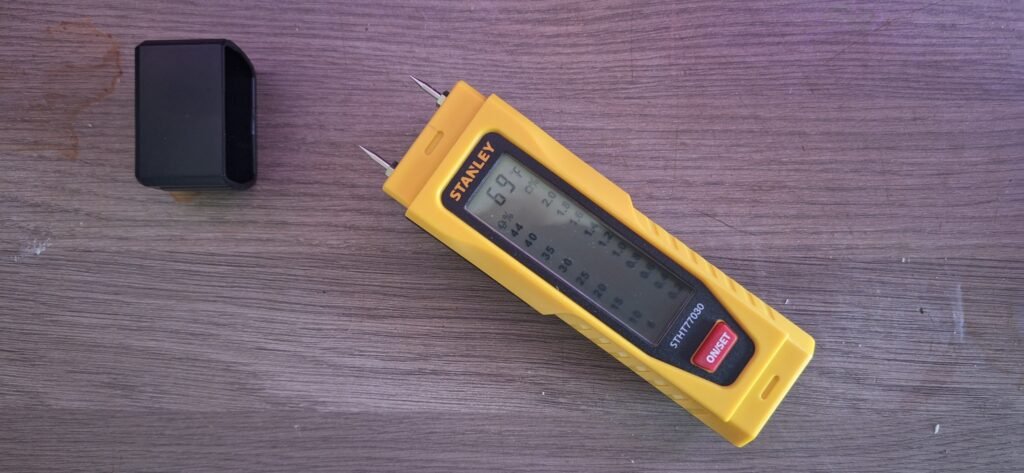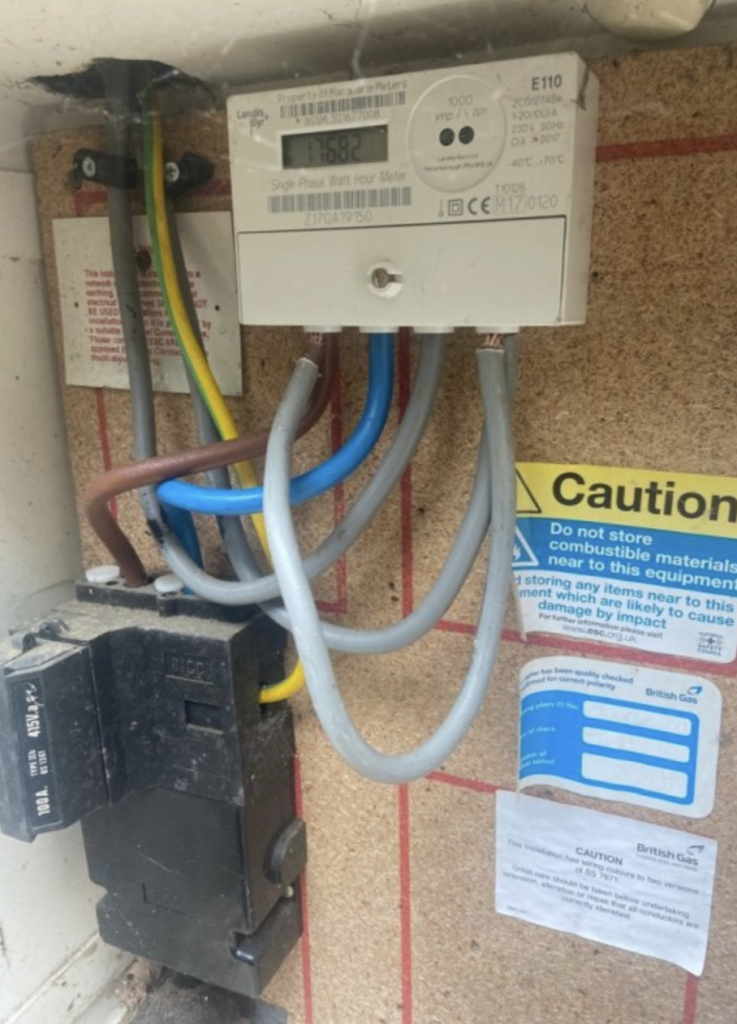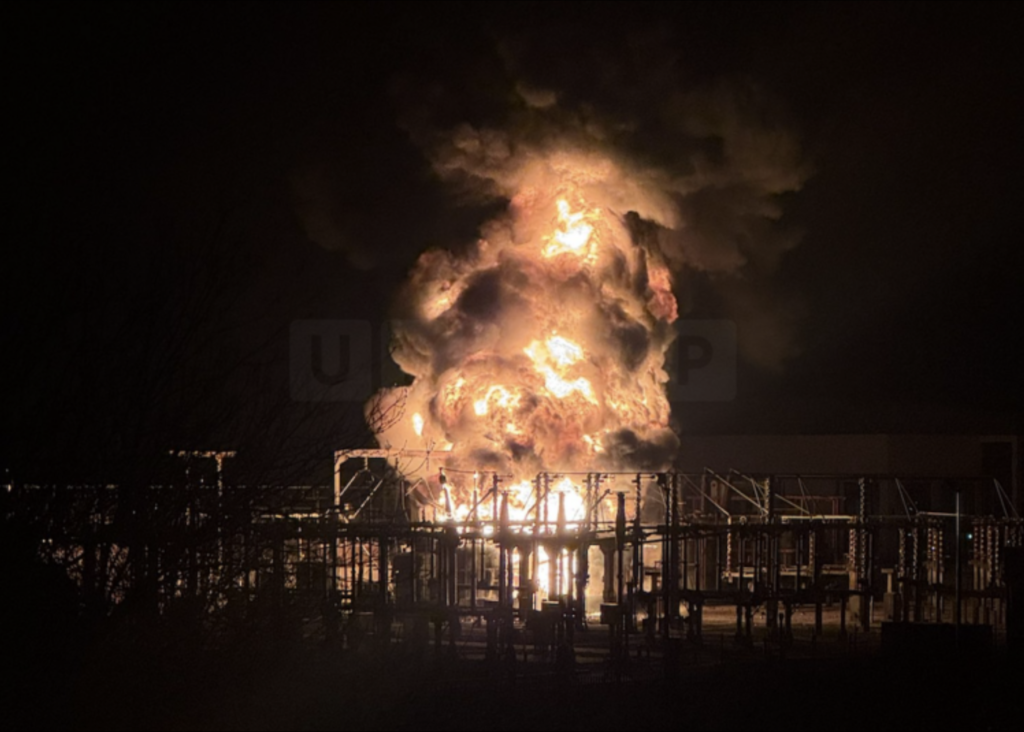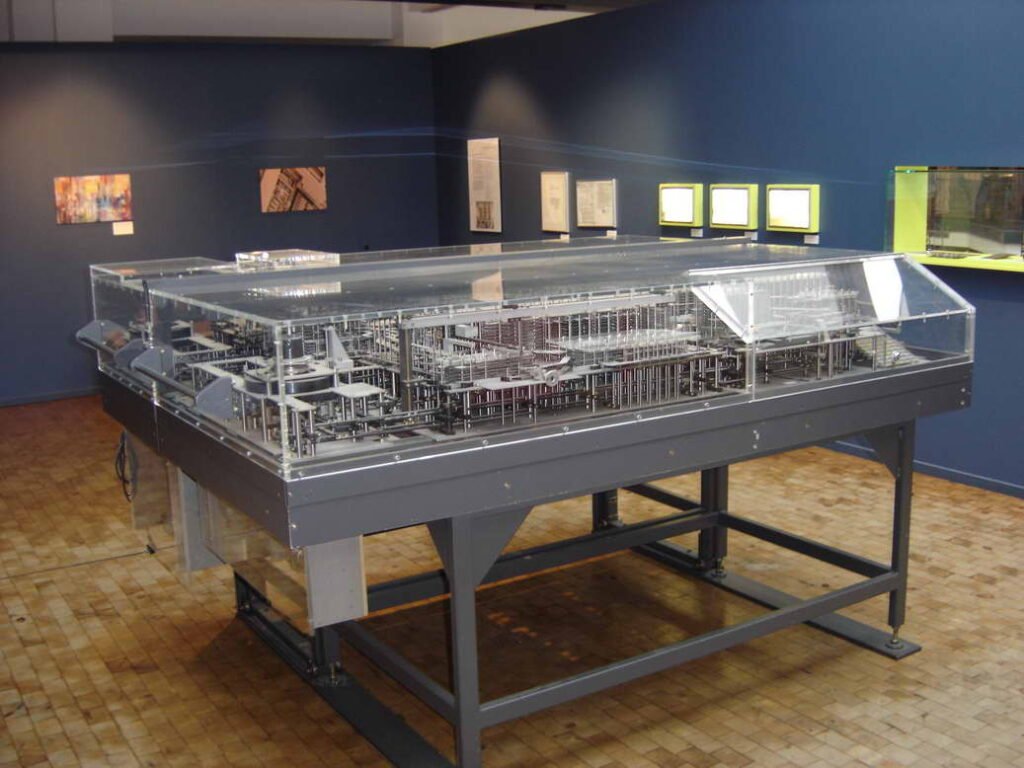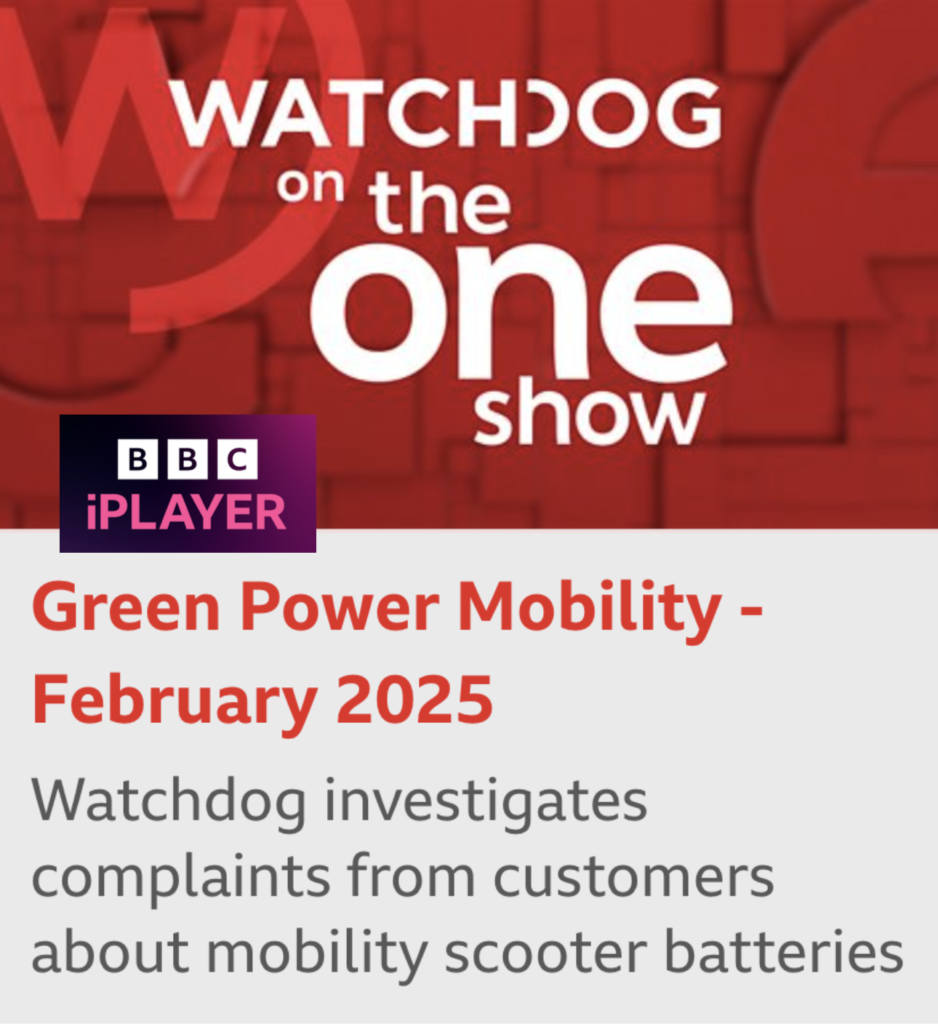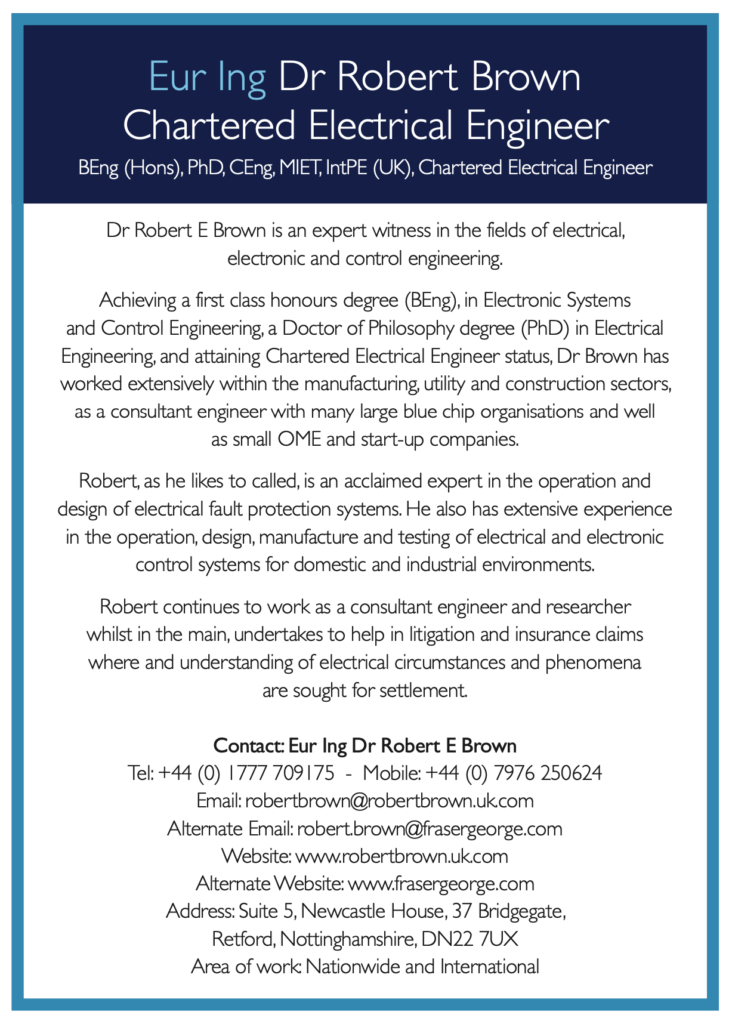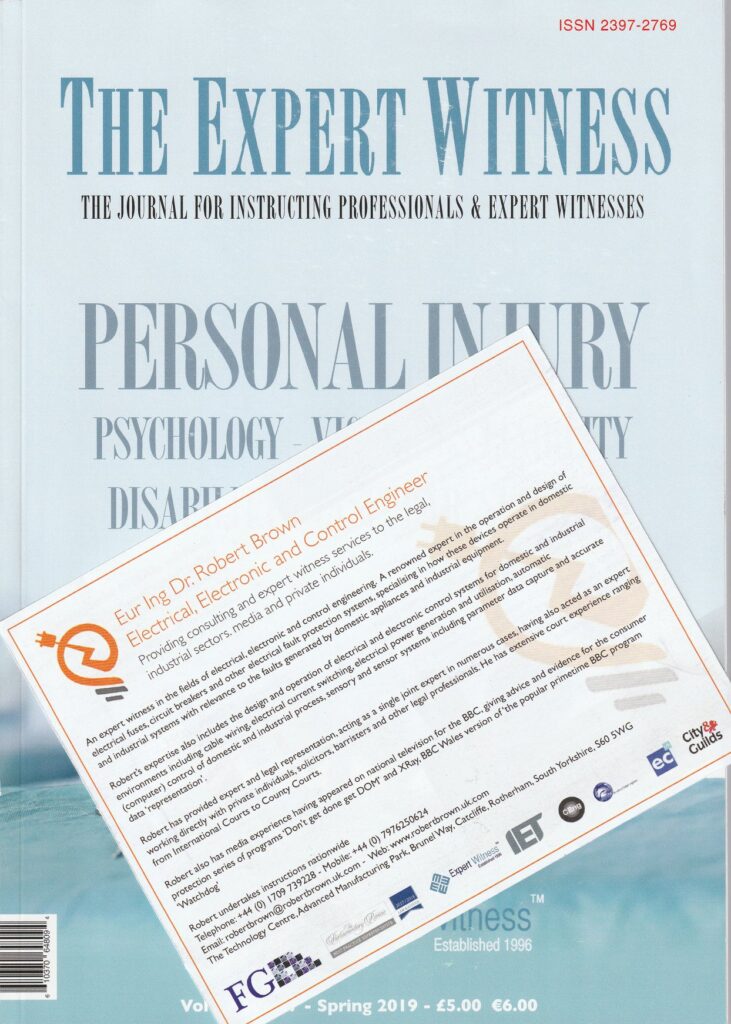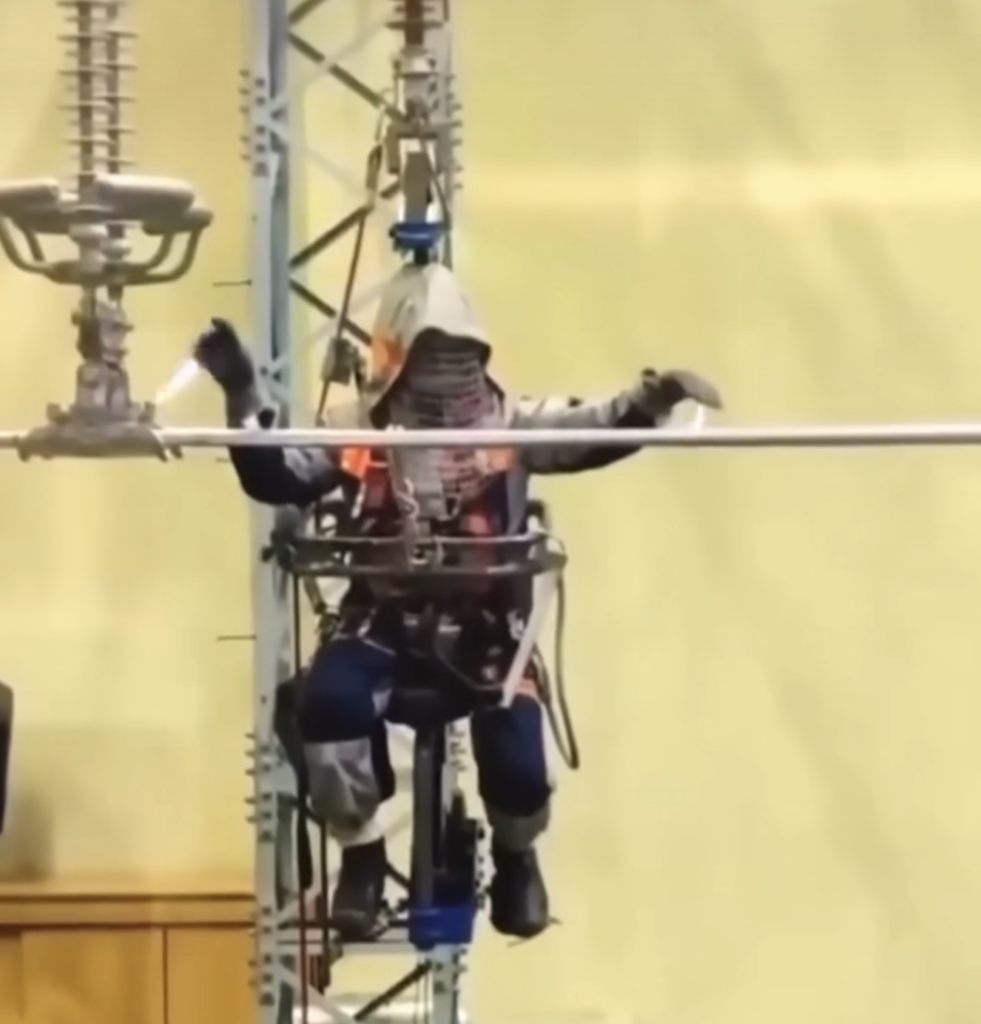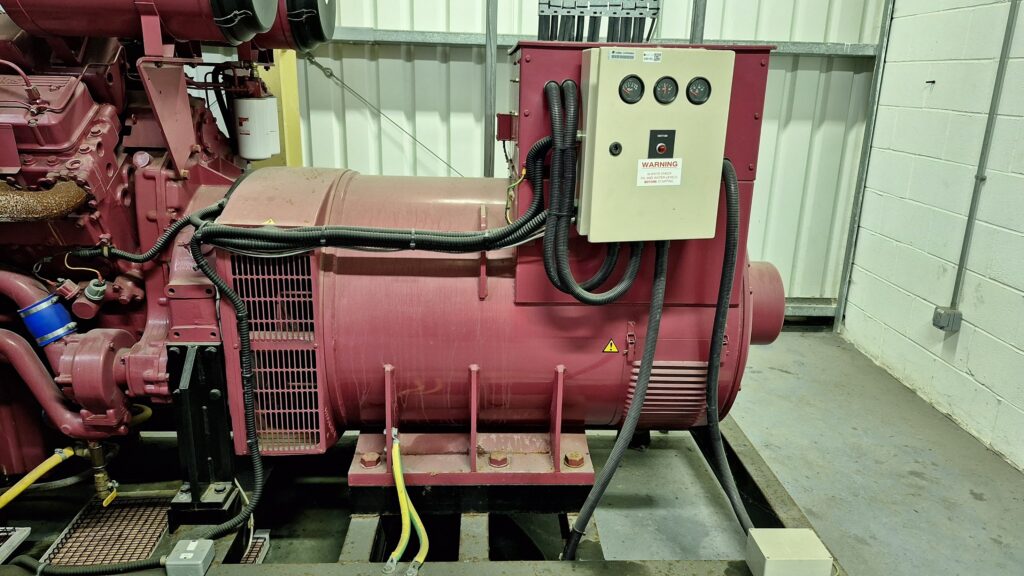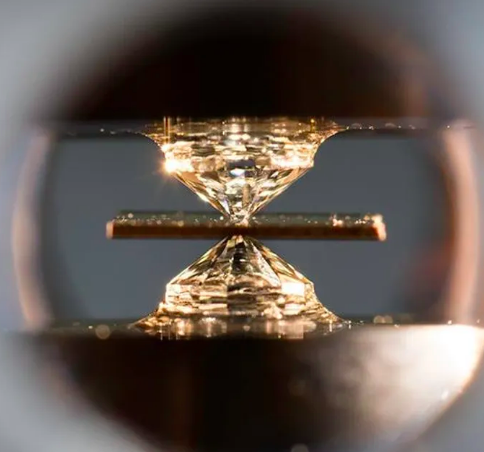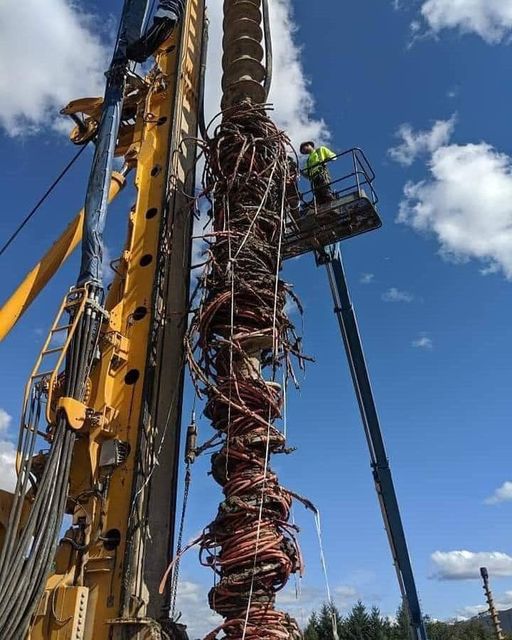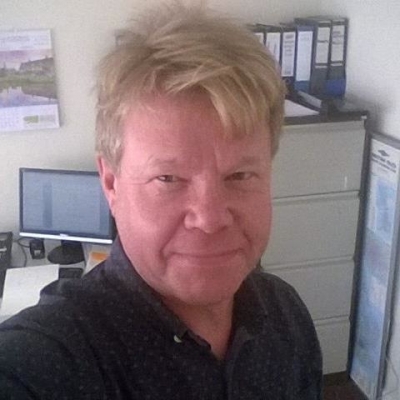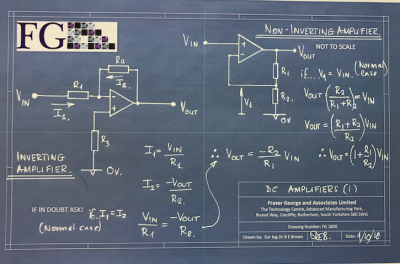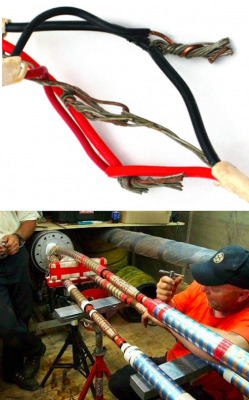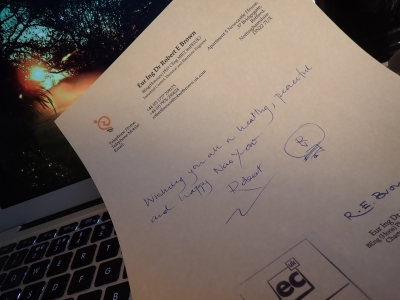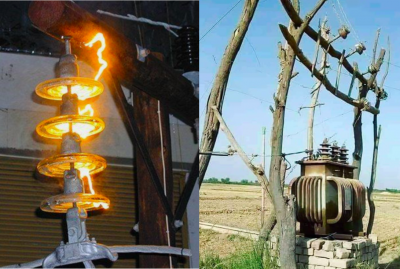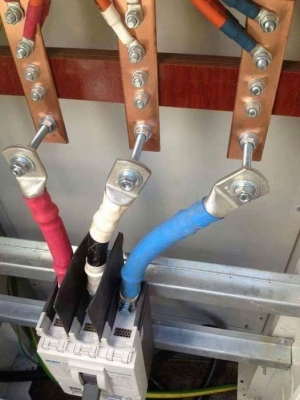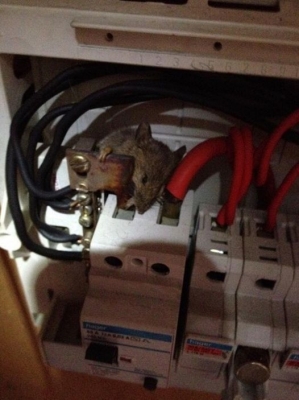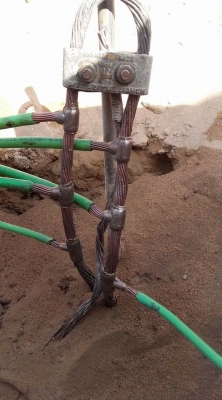Electrical Expert Witness? Electrical dispute? Do you require the services of an experienced electrical expert witness? CPR 35 expert report? Contact Fraser George !!
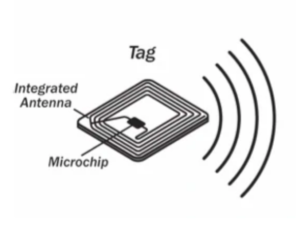
In 1945, Léon Theremin invented the “Thing”, a listening device for the Soviet Union which retransmitted incident radio waves with the added audio information. Sound waves vibrated a diaphragm which slightly altered the shape of the resonator, which modulated the reflected radio frequency. Even though this device was a covert listening device, rather than an identification tag, it is considered to be a predecessor of RFID because it was passive, being energised and activated by waves from an outside source.

Similar technology, such as the identification friend or foe transponder, was routinely used by the Allies and Germany in World War II to identify aircraft as friendly or hostile. Transponders are still used by most powered aircraft. An early work exploring RFID is the landmark 1948 paper by Harry Stockman, who predicted that “Considerable research and development work has to be done before the remaining basic problems in reflected-power communication are solved, and before the field of useful applications is explored.”
Mario Cardullo patented a device on January 23, 1973, was the first true ancestor of modern RFID, as it was a passive radio transponder with memory. The initial device was passive, powered by the interrogating signal, and was demonstrated in 1971 to the New York Port Authority and other potential users. It consisted of a transponder with 16 bit memory for use as a toll device. The basic Cardullo patent covers the use of radio frequency (RF), sound and light as transmission carriers. The original business plan presented to investors in 1969 showed uses in transportation (automotive vehicle identification, automatic toll system, electronic license plate, electronic manifest, vehicle routing, vehicle performance monitoring), banking (electronic cheque book, electronic credit card), security (personnel identification, automatic gates, surveillance) and medical (identification, patient history).
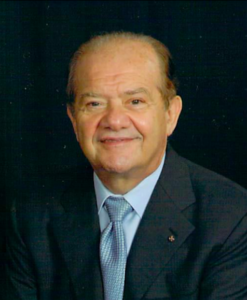
In 1973, an early demonstration of reflected power (modulated backscatter) RFID tags, both passive and semi-passive, was performed by Steven Depp, Alfred Koelle and Robert Frayman at the Los Alamos National Laboratory.The portable system operated at 915 MHz and used 12-bit tags. This technique is used by the majority of today’s UHFID and microwave RFID tags.
In 1983, the first patent to be associated with the abbreviation RFID was granted to Charles Walton.
In 1996, the first patent for a battery less RFID passive tag with limited interference was granted to David Everett, John Frech, Theodore Wright, and Kelly Rodriguez.
In 2014, the world RFID market was worth US$8.89 billion, up from US$7.77 billion in 2013 and US$6.96 billion in 2012. This figure includes tags, readers, and software/services for RFID cards, labels, fobs, and all other form factors. The market value is expected to rise from US$12.08 billion in 2020 to US$16.23 billion by 2029.
About the Author:
Eur Ing Dr Robert Brown (Robert) is the Executive Director of Fraser George and Associates Limited and is a Consultant and Forensic Engineer in the fields Electrical Electronic and Control Engineering.
Robert is an accomplished professional Electrical Expert Witness having prepared and presented many court compliant reports and presented oral evidence within the High Court, Crown Courts and County Courts.
Robert is a registered Chartered Electrical Engineer, specialising in the fields are control engineering, parameter data capture and accurate data ‘representation’. Robert graduated from Sheffield Hallam University with a first class honours degree in Electronic Systems and Control Engineering and followed this by completing doctorate research in Electrical Engineering, again at Sheffield Hallam University where Robert undertook research studies in the field of Disintegration and Arcing in Electrical Fuses. Robert is now considered to be a leading world expert in the field of electrical circuit protection systems, the phenomena of electrical fuse operation and the attributes of clearing ‘fault’ electrical current circumstances. Robert has published my pure and applied research studies in peer-refereed journals and at conference.
In his spare time Robert is a Formula 1 motor racing enthusiast and enjoys outdoor activities especially hill walking and scrambling, golf and fishing. Robert is a brass band enthusiast, a tuba player and band manager of Hatfield and Askern Colliery Band. When time allows Robert also enjoys travelling and reading any books associated with travel and popular science.
For further information please contact Robert via;
Email,…robert.brown@frasergeorge.com or robertbrown@robertbrown.uk.com
Tel Land: +44 (0)1777 709175
Tel Mobile: +44 (0) 7976250624
https://www.facebook.com/Fraser.George.Electrical.Expert
https://www.facebook.com/EurIngDrRobertBrown
https://www.linkedin.com/in/consultantrobertbrown
https://www.linkedin.com/company/21539092
Websites: www.frasergeorge.com and www.robertbrown.uk.com
https://frasergeorge.com/contact-us/
#ElectricalExpertWitness, #ElectricalEngineerExpertWitness, #ExpertWitnessElectricalEngineer, #ElectricalExpert, #ElectronicExpertWitness ,#ElectronicExpert, #ElectricalShock, #ElectricalRegulations, #ElectricalStandards, #ElectricalConsultant, #ConsultantElectricalEngineer, #ConsultantEngineer, #ForensicEngineerElectrical, #ForensicElectricalEngineer,
#ElectricalRegulationsExpert, #ElectricalStandardsExpert, #ExpertElectricalEngineer,




